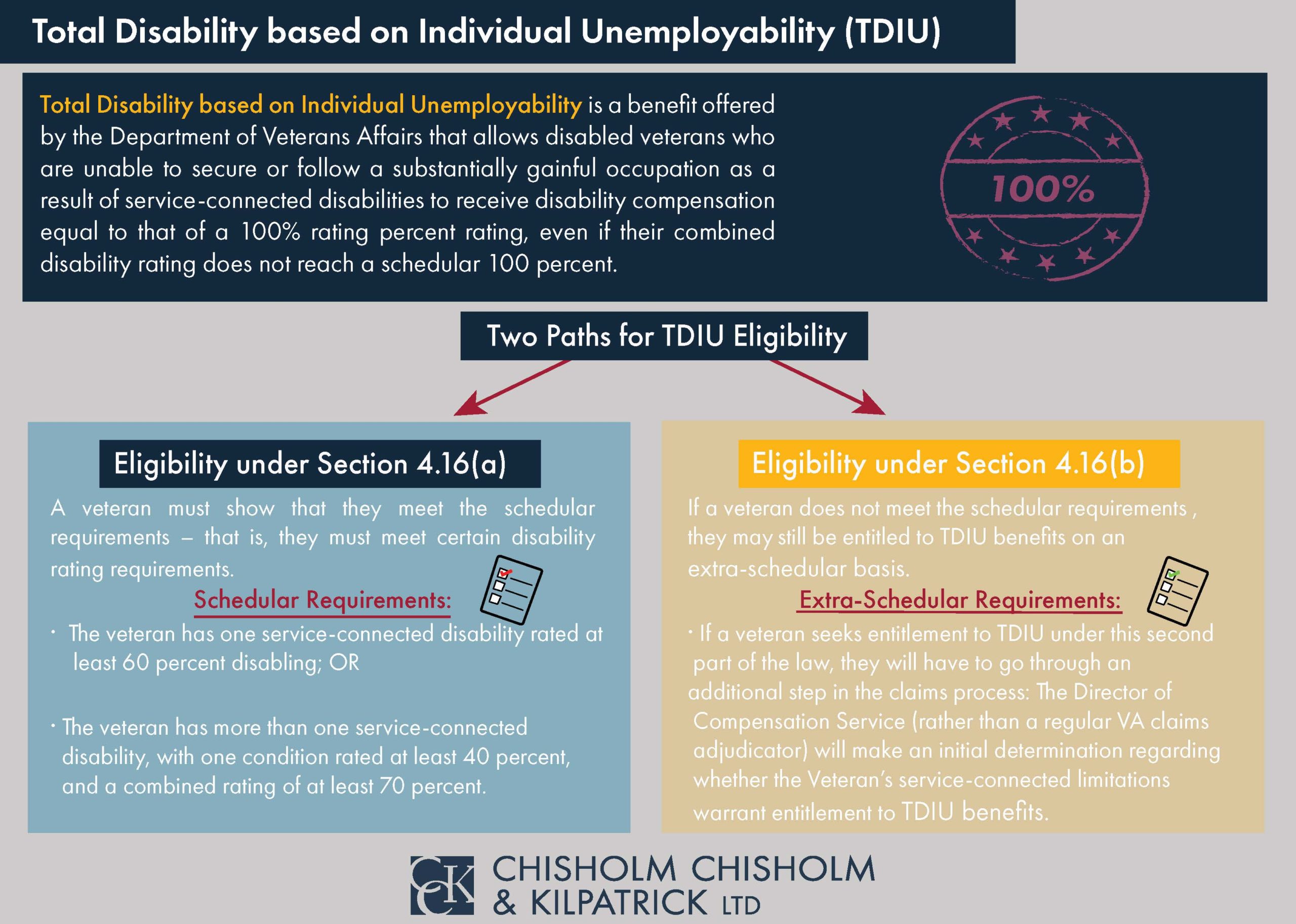VA Disability for Pulmonary Embolism

CCK Law: Our Vital Role in Veterans Law
What is a Pulmonary Embolism?
An embolism is a blood clot that has broken off and is floating freely in the blood vessel, where it may travel to another area of the body and cause a blockage. This can happen with multiple blood clots and can lead to multiple embolisms. Most blood clots that go on to become pulmonary embolisms, or pulmonary emboli, form in the veins in the leg.
Veins carry blood throughout the body and to the right side of the heart, into the pulmonary arteries. The embolism may then travel throughout the veins and enter the pulmonary artery where it can get stuck or move into the lungs. Multiple clots could move into numerous areas of one or both lungs.
Once a clot has entered the pulmonary artery, it can block the flow of blood into the lungs, which is necessary to get oxygen. Oxygen levels in the body drop to dangerously low levels if the blood does not get enough oxygen, which can cause damage to the organs, including the brain and heart. The severity of the damage is determined by how much blood flow into the lungs has been cut off.
A pulmonary embolism may also place immense pressure on the right side of the heart and cause it to become distended, which in turn squeezes the left side of the heart. A person’s blood pressure can drop if the left side of the heart does not pump enough blood.
A pulmonary embolism can lead to death if it is not treated. Death caused by a pulmonary embolism can happen suddenly or shortly after the embolism occurs.
Additionally, a deep vein thrombosis, or DVT, is a form of clot which can build up in the large veins of the legs or arms. These clots do not travel, rather they stay in the vein. As such, people with DVT may not know they have it until they are treated for a pulmonary embolism.
Symptoms of Pulmonary Embolism
- Difficulty breathing, or shortness of breath
- Chest pain
- Back pain
- Coughing, which may result in bloody spit or aggravate chest pain
- Lightheadedness, or loss of consciousness
- Excessive sweating or increased warmth in arms or legs
- Blue lips or fingernails
- Swelling, or tenderness, in the arms or legs
- Redness or discoloration of the skin
Treating Pulmonary Embolism
A person who has a pulmonary embolism will usually need to be hospitalized and may be sent to the intensive care unit for treatment. Some medications may be used to help break up the blood clot and to prevent the clot from getting bigger, or new ones from forming.
Compensation and Pension (C&P) Exams for Pulmonary Embolism
When a veteran files a claim for benefits, VA may request a Compensation and Pension exam, or C&P exam. To request an exam, VA may send the veteran a letter or call them. It is important to follow through with scheduling this exam and to attend, otherwise, VA could deny the veteran’s claim.
The exam will usually be performed by a VA physician or a VA contracted physician. Before the exam, the examiner will review the veteran’s c-file. This will contain any documentation that has previously been submitted to VA, as well as the veteran’s medical and service records. As a pulmonary embolism can affect multiple organs, and cause many symptoms, the examiner may physically perform tests on the veteran’s heart, lungs, or other organs and parts of the body.
The veteran may also use a DBQ, or Disability Benefits Questionnaire, to bolster their claim. A Disability Benefits Questionnaire is a form created by VA created for veterans’ use in the evaluation process for disability benefits so that the veteran may address important aspects of their condition, such as symptoms, severity, possible causes, and relation to other disabilities. The veteran may also have their private doctor fill out a DBQ for them. A private doctor who treated the veteran for their pulmonary embolism, such as a cardiologist, may fill out a DBQ for the veteran.

VA Disability Benefits Ratings for Pulmonary Embolism
VA disability ratings for a pulmonary embolism are rated under Diagnostic Code 6817 for Pulmonary Vascular Disease. The rating criteria is outlined below:
- 0%– This rating is given to veterans who are asymptomatic, following the resolution of a pulmonary thromboembolism.
- 30%–This rating is given to veterans who are symptomatic, meaning that they do experience symptoms, following the resolution of acute pulmonary embolism.
- 60%–Veterans who experience chronic pulmonary thromboembolism requiring anticoagulant therapy, or following inferior vena cava surgery without evidence of hypertension or right ventricular dysfunction can receive the 60 percent rating.
- 100%–Veterans who experience primary pulmonary hypertension or; chronic pulmonary thromboembolism with evidence of pulmonary hypertension, right ventricular hypertrophy, or cor pulmonale, or; pulmonary hypertension secondary to other obstructive disease of pulmonary arteries or veins with evidence of right ventricular hypertrophy or cor pulmonale are eligible to receive the 100 percent rating.
Veterans may also receive ratings for other residuals of a pulmonary embolism under the appropriate diagnostic code. For example, if the veteran’s pulmonary embolism causes chronic bronchitis as a residual, then the veteran may receive a rating for the chronic bronchitis under Diagnostic Code 6600. This evaluation, however, may not be combined with any of the above evaluations for pulmonary vascular disease.
Burn Pits and Pulmonary Embolism
Veterans who served in the post-9/11 era may have been exposed to toxins emitted by military burn. Pulmonary ailments have been linked to exposure to burn pits, including pulmonary embolisms.
What are Military Burn Pits?
Military burn pits are large areas of land used by the military and its contractors to incinerate waste. The United States Military used burn pits as part of its waste disposal protocol in places such as Iraq and Afghanistan in the period following 9/11. The practice was effective in reducing large quantities of waste, but the pits produced plumes of toxic smoke. The following materials have been linked to military burn pits:
- Human waste
- Medical waste
- Ammunition
- Paint
- Plastic
- Rubber
- Styrofoam
- Other toxic chemicals
- Spoiled food
- Lubricants
- Petroleum
Benefits for Veterans Exposed to Burn Pits
The main dioxin released by burn pits is called TCDD and was also one of the major toxins in Agent Orange. TCDD has been linked to cancers and other serious disabilities. However, unlike Agent Orange exposure, VA does not currently have presumptive service connection for veterans exposed to burn pits. Essentially, while veterans who served during the Vietnam War era and developed certain conditions as a result of Agent Orange exposure are eligible to receive presumptive service connection, veterans who developed conditions as a result of burn pit exposure are not eligible for presumptive service connection. Since there is no presumption, VA adjudicates burn pit claims on a case-by-case basis.
VA does not have a consistent approach to deciding these cases, so lay evidence from veterans is key to winning burn pits claims. Often, VA does not have a way of proving veterans were near burn pits, so statements from the veteran themselves or buddy statements can help prove exposure.
New Proposed Burn Pit Legislation 2021
As of 2021, there are several major bills pending in Congress that address the toxic exposure caused by burn pits. These bills include:
- Conceding Our Veterans’ Exposure Now and Necessitating Training Act (COVENANT)
- Presumptive Benefits for War Fighters Exposed to Burn Pits and Other Toxins Act of 2021
- Veterans Burn Pit Exposure Recognition Act
- Toxic Exposure in the American Military Act (TEAM)
Any of these bills, if passed, would offer much needed relief to veterans suffering the toxic effects of burn pit exposure.
TDIU and Pulmonary Embolism
Veterans who cannot work because of their pulmonary embolism, or complications as a result of their pulmonary embolism, such as residuals, may be eligible to receive a monthly VA disability called total disability based on individual unemployability, or TDIU. This benefit compensates veterans at the 100 percent rating level, even if their disability rating may be less than that.
There are generally two paths to TDIU:
- 38 CFR § 4.16a (“Schedular”) – For this form of TDIU, the veteran must have:
- One condition rated at minimum 60 percent OR two conditions that can be combined to reach 70 percent, where one condition is at minimum 40 percent
- 38 CFR § 4.16b (“Extraschedular”) – This form of TDIU is for veterans who may not be able to achieve the ratings necessary for schedular TDIU but are still unable to obtain substantially gainful employment on account of their conditions. In this instance, the veteran must prove that their condition is uniquely hinders their ability to obtain substantially gainful employment and therefore should not be rated on the standard disability rating criteria.
Veterans with multiple conditions may have a combined rating which would make them eligible for TDIU. So, veterans who receive a rating for their pulmonary embolism, or residuals of their pulmonary embolism, may be able to receive compensation at the 100 percent rating level through TIDU.
Contact CCK for Help with Your VA Disability Claim for Pulmonary Embolism
The claims and appeals process can be confusing, but the team at Chisholm Chisholm & Kilpatrick LTD is here to help. If you require assistance filing an initial claim or appealing a denial of VA disability benefits for your pulmonary embolism, contact the accredited representatives at CCK. For a complimentary case review, contact the CCK team at 800-544-9144.
About the Author
Share this Post

